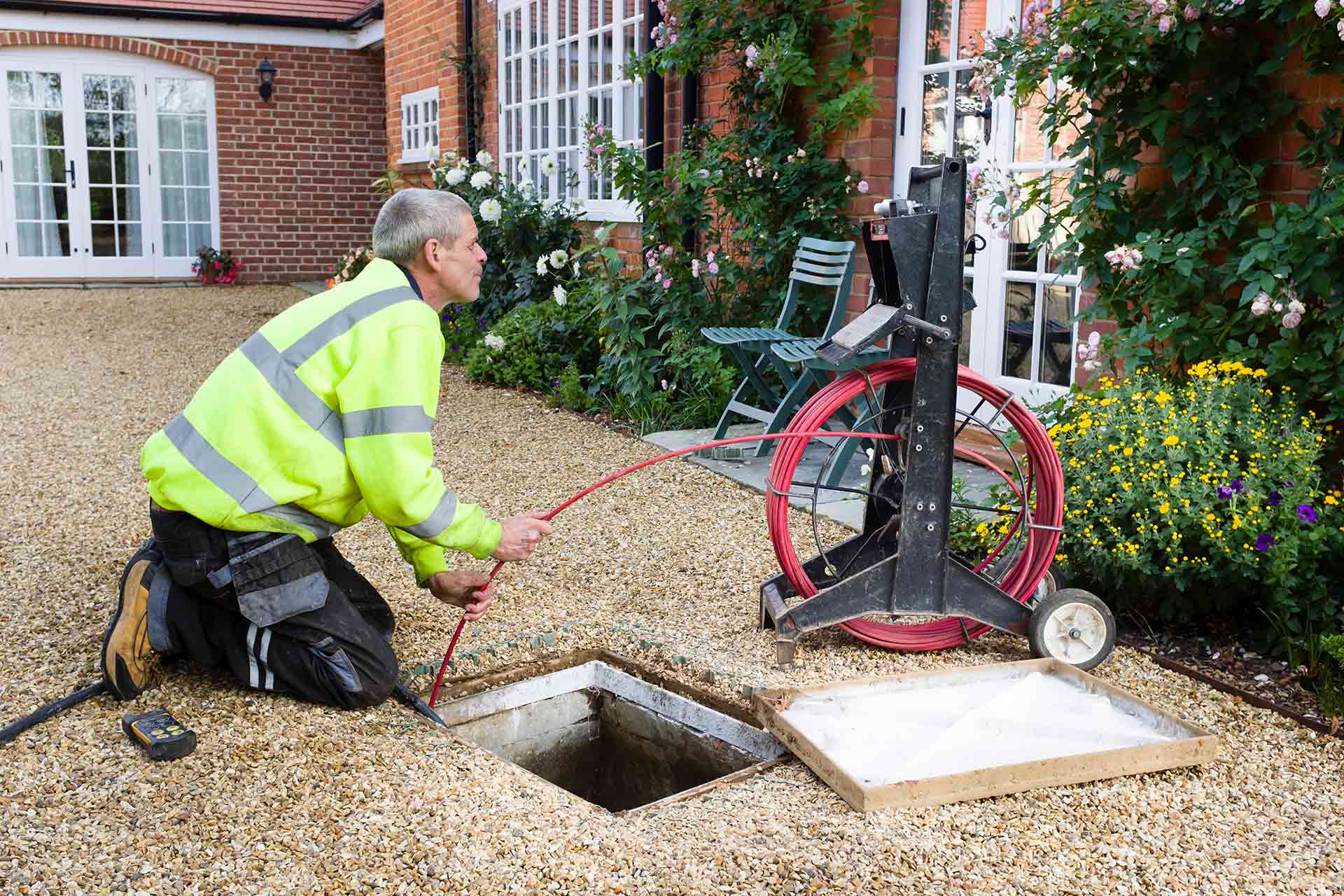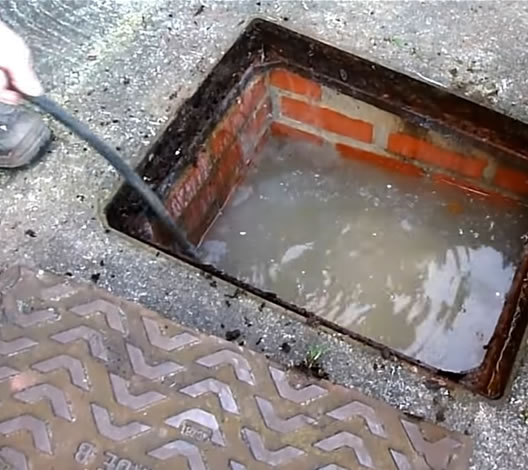What're your ideas about Tips for Dealing with Clogged Drains and Sewer Lines?

Intro
Handling an obstructed drainpipe can be a frustrating experience, interrupting everyday activities and possibly creating damages to your property. However, before connecting to plumbing specialists, there are steps you can take to resolve the concern on your own. In this overview, we'll check out do it yourself remedies and preventive measures to tackle an obstructed drainpipe successfully.
Identifying the Concern
The very first step in dealing with an obstructed drain is acknowledging the signs. Slow drain, gurgling sounds, foul odors rising from drains pipes, or water backing up prevail indications of a blocked drainpipe. Identifying these indicators early can assist avoid even more issues.
Common Sources Of Obstructed Drains
Comprehending the elements that contribute to drain clogs is important for reliable resolution. Common perpetrators consist of hair, soap scum, oil, food debris, and foreign objects like hygienic items or paper towels. Tree roots getting into below ground pipes can also create substantial obstructions.
DIY Solutions
For small obstructions, a number of do it yourself options can be efficient. Putting boiling water down the drain can aid liquify grease and particles. Sodium bicarbonate and vinegar or a blend of salt and baking soda can serve as all-natural cleaners. Making use of a bettor or plumbing serpent to remove obstructions is one more option.
Devices and Devices
Having the right tools accessible can make do it yourself drainpipe cleaning much more effective. A bettor is a flexible tool for getting rid of obstructions in sinks, bathrooms, and showers. A plumbing serpent or auger can get to deeper clogs, while drain cleansing chemicals can be made use of cautiously for persistent blockages.
Preventive Measures
To avoid future clogs, adopting preventive measures is critical. Install drain guards or filters to catch hair and particles prior to they enter the pipes. Frequently flush drains pipes with hot water to liquify grease accumulation, and prevent dealing with grease or solid waste away.
When to Call an Expert
While do it yourself solutions can settle minor blockages, specific indications show the demand for professional help. Relentless clogs, foul odors in spite of cleansing initiatives, or multiple drains backing up simultaneously are red flags that necessitate expert intervention.
Picking the Right Pipes Service
When picking a plumbing solution, consider factors such as experience, licensing, and consumer evaluations. Pick a trustworthy plumber with a record of quality craftsmanship and clear prices methods.
Price Factors to consider
The cost of professional drain cleaning services can vary depending upon the extent of the clog and the plumbing's rates. Demand quotes from several suppliers and inquire about any type of surcharges to ensure openness and prevent shocks.
Security Measures
When trying DIY drainpipe cleaning, prioritize safety. Put on protective gloves and eyewear to prevent contact with unsafe chemicals or germs. Never ever blend different drain cleaning items, as this can generate hazardous fumes.
Situation Researches
Real-life examples show the performance of do it yourself solutions and the value of timely expert intervention in settling drain clogs.
Verdict
By complying with the tips detailed in this overview, you can effectively deal with obstructed drains pipes and prevent future pipes concerns. Whether selecting do it yourself remedies or looking for professional aid, timely action is key to keeping a healthy and balanced plumbing system and maintaining the honesty of your home.
WHAT I LEARNED FROM TRYING TO DEAL WITH A CLOGGED DRAIN
We have had our share of seepages and other annoying things that are part of living, especially in an apartment complex. And if there’s one thing that’s terrifying for a homeowner—or even someone in a rented home—it is a clogged drain, indoors or outdoors.
We enjoy our living space, but it’s simply a fact of life that dead skin, soap and a host of other items go down the drain; eventually, the residue builds up and prevents anything from moving. Ugh.
Not Calling A Professional
Of course, it might seem simple to just whip the pipe off under the sink and see if you can unblock it. Unfortunately, what if the blockage isn’t there, or you don’t reconnect it properly? Worse, you might break a piece and have no drainage system. Can you imagine that scene? Yuck!
Not Watching Your Waste
This will sound d’uh, but the best tip I can give you for drain cleaning is to avoid clogging the drain in the first place! You can do this by monitoring what goes down the drain and catching the items which are most likely to give you a problem. Invariably hair, vegetable peels, and large wads of toilet paper are the most obvious culprits. Add a filter—these are available in hardware stores and can be removed and cleaned easily.
Poking The Drain
The first urge with a clogged drain is to poke at it with a stick or anything that resembles a stick. Sadly, this does not result in magically solving the issue. The mental image is, naturally, one of the stick just pushing through the offending item and all is well again. Reality is quite different and unpleasant and likely to lead to further problems.
The thing is, every drain has a series of bends that are not visible to us. Drains are built this way to prevent gases from entering the house. What happens when you poke a stick into the drain? Of course, it can’t bend around the corner. The more adventurous people will use force and end up wedging the stick or causing it to break off in the pipe—creating an even bigger issue. Worst thing? The stick will shift the block further down the pipe, creating the space for more to collect. Go ahead! Roll your eyes!
Using The Wrong Plunger
You know what they say: the right tool for the right job! Did you know there are different types of plungers besides the basic one we keep at home for an emergency? Yes, there are. For example, the toilet plunger has a bell-shaped bottom while the sink plunger is flat. This is an important difference and using the wrong plunger will be useless. There’s also a knack in using plungers—they must be placed in such a way that they create an airtight seal and then, moved slowly up and down—not as fast as we imagine.
https://vidyasury.com/2018/01/learned-trying-deal-clogged-drain.html

Do you like reading about What I learned from trying to deal with a clogged drain? Give feedback below. We'd be delighted to listen to your thoughts about this page. We are looking forward to see you back again in the near future. Make sure you pause to promote this entry if you enjoyed it. Many thanks for your time. Don't hesitate to check our site back soon.
Website